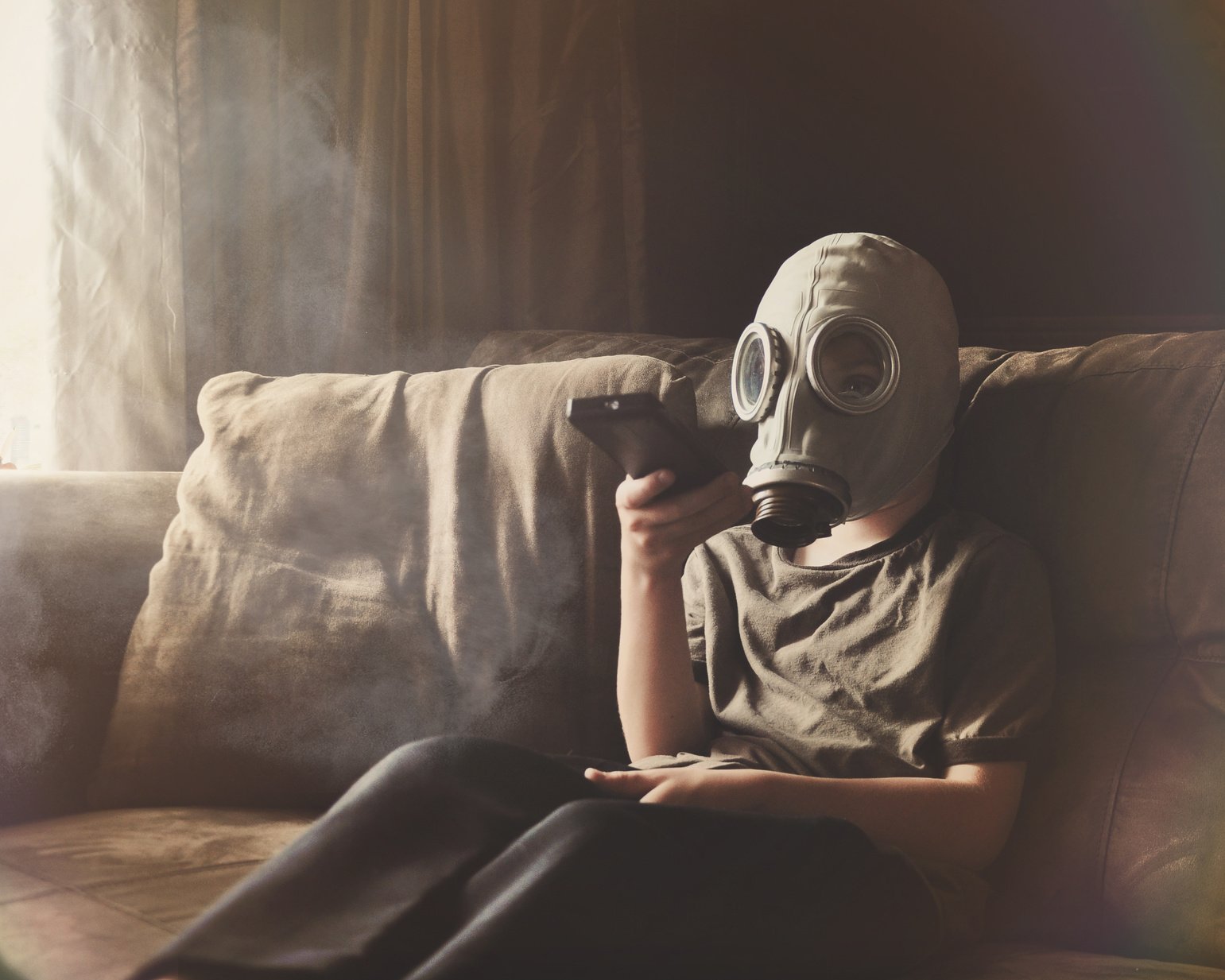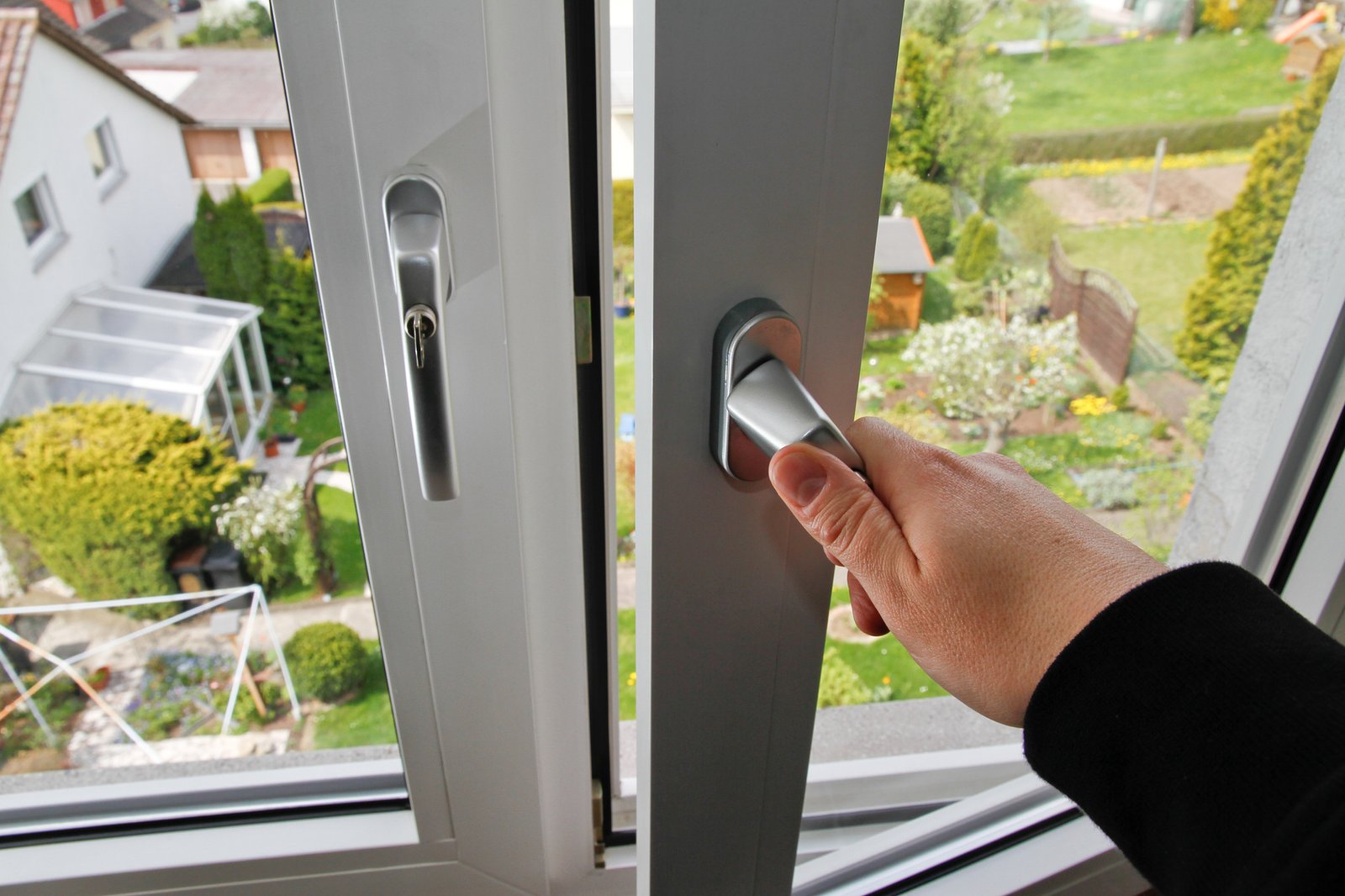Mould in your home? How to avoid it

Living in a sustainable home reduces your impact on the environment and your bills. That is great in itself but a truly sustainable home also needs to cater well for its inhabitants. It needs to be a healthy place for your family to live in and not be the cause or a contributor to any illness or discomfort. One of the most common problems in houses old or new and even the ones built to be sustainable and energy efficient is mould. It is important to understand what it is and why it happens, the possible effects on your health and how to avoid it.

Mould is a fungus and like most fungi, they break down organic matter in the environment. In order to grow they just need any surface that has sufficient moisture; that could be your walls, ceiling, window junctions etc. When they reproduce they release spores that spread through the air and fall on your furniture, clothing, everywhere in your house really and this can be dangerous to your health.
Substances released by moulds can be toxic and cause allergic reactions. Inhaling or touching mould spores can cause reactions such as sneezing, runny nose, skin rash and red eyes. They can also cause asthma attacks on people with existing respiratory problems. The most vulnerable people to the effects of mould are babies, children, elderly people, people with existing respiratory or skin problems and a weak immune system.
Excess moisture causes mould and in order to avoid it, you need to understand where moisture is coming from in your home. It can be caused by serious issues on the structure of your home like rising damps in basements and ground floor, leaking pipes, rain leakage due to poor waterproofing or a damaged roof. For these more serious issues, you will probably need the help of a specialist to survey and provide a long-term solution. However, more often than not excess moisture is caused by daily activities of our own and can be addressed by a simple change of habits.

Several of our daily activities cause condensation around the house, these include washing and drying clothes indoors, cooking, showering and even breathing! Whenever the air cannot hold any more of the moisture released water droplets start to form on surfaces such as windows, ceiling, mirrors, walls; particularly on the cold spots. If this moisture is left to accumulate day after day mould starts to form. Whenever you see moisture forming on surfaces you should try to dry it immediately.
You can reduce the amount of moisture in your home by:
- drying your clothes outside if you can or inside next to an open window if the weather allows
- putting lids on pans when cooking
- ventilating living rooms and bedrooms regularly to allow air to circulate. 10-15 minutes of ventilation per day could be sufficient
- Isolate the kitchen and bathroom from the rest of the house by closing the door when cooking or showering
- Open your kitchen and bathroom windows during cooking or showering or, if it is cold outside, for 15 minutes after to allow the moisture to leave the house

It is very important for your health to live in a mould free house, remember that a sustainable home also means sustainable for your health and pay attention to any signs of mould. If you see anything, try to clean it straight away and make sure to follow the tips above to avoid reoccurrence. Green It Yourself…Now!






